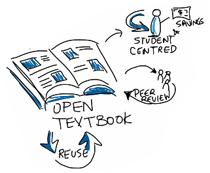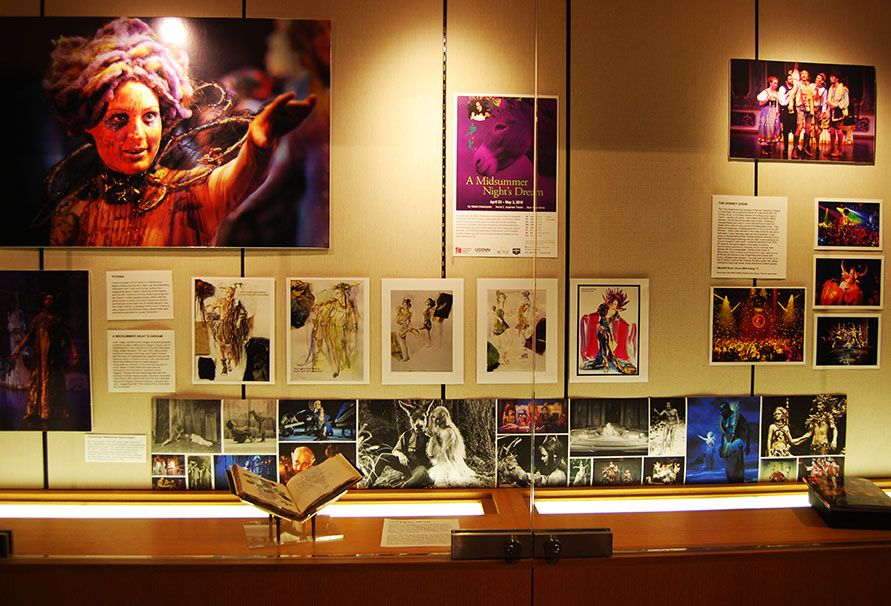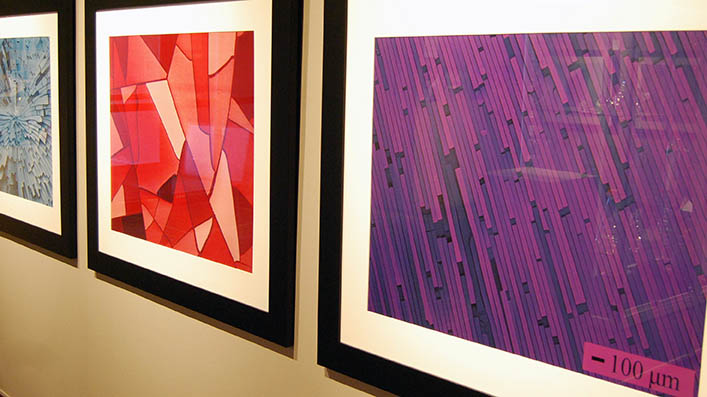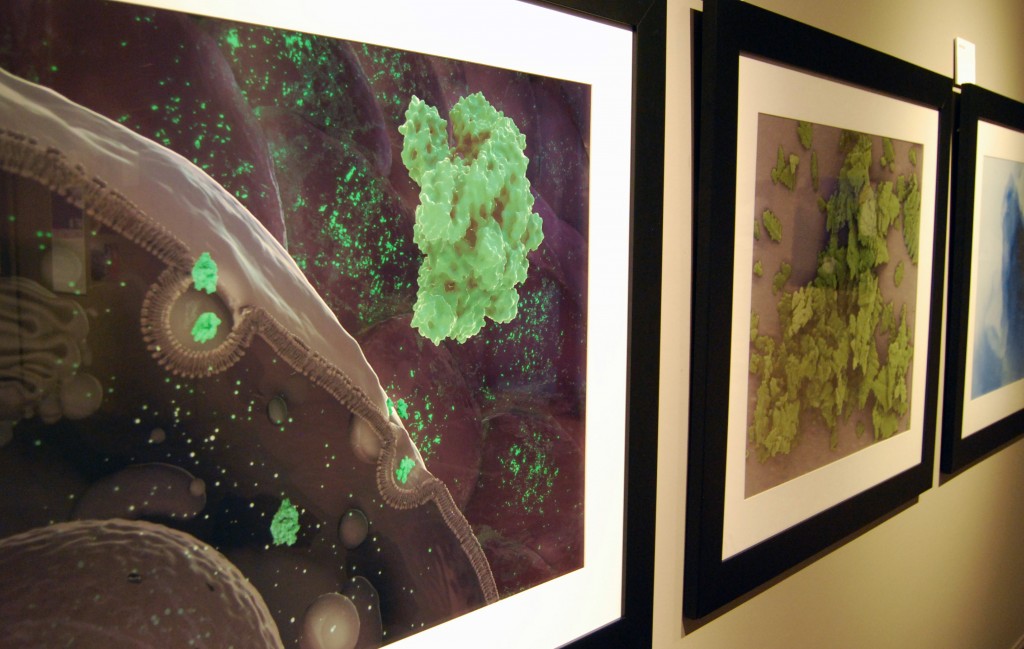Concerned about the escalating cost of traditional college textbooks, the UConn Libraries is partnering with UConnPIRG and the Undergraduate Student Government to explore “open-source” electronic textbook alternatives.

Image derived from a graphic created by Giulia Forsythe and remixed/re-used under Creative Commons license. Courtesy of BCcampus
As commercial college textbook costs continue to rise, estimated as high as 812% or more than three times the rate of inflation since 1978 by Student PIRGs, many students are choosing to not purchase textbooks, jeopardizing their success in the classroom. A new initiative at UConn, spearheaded by students from UConnPIRG and the Undergraduate Student Government (USG), is underway to investigate ways to educate students and faculty on the value of Open Educational Resources (OER) such as open source textbooks. Unlike traditional commercial textbooks, open source textbooks are made of content gathered from various sources that are freely available online and for everyone to use.
Last fall, USG kick started the movement by voting unanimously to form a committee to explore the use of open source textbooks. The committee is being led by UConn’s Vice Provost for Libraries Martha Bedard and UConnPIRG Textbooks Coordinator Toyin Akinnusotu. To further strengthen their commitment, USG passed a resolution on March 11, urging faculty to submit their textbook requirements on time to the University, a requirement for all federally funded institutions. This was further supported by the University’s Provost’s Library Advisory Committee, formed to help direct the library on issues regarding scholarly information access and delivery.
“These are important resolutions for UConn students to understand,” said Hilltop Dorms Senator Daniel Byrd. “As the cost of textbooks continue to increase exponentially, it is our responsibility to do what we can to both encourage the use of open source textbooks and ensure the disclosure of information about textbook costs.” Knowing the costs when the courses are listed is not only useful to students when considering taking a course, but also affects the buyback value of textbooks.
UConn’s Vice Provost for Libraries Martha Bedard has been involved with the Open Access movement for over a decade. “The library is a natural place to facilitate this student-centered effort regarding open textbooks,” said Bedard. “We have seen a continuous cost increase in higher education resources and much like the issues students face, libraries cannot afford to provide all the resources requested by faculty and students. There have been many advances in the amount of high quality resources freely available so I am confident the adoption of open source textbooks will not compromise a quality education and in turn will make a tremendous difference for students.”
According to a report recently released by the Student PIRGs, the soaring textbook costs is a trend across the nation. The average undergraduate student spends as much as $1,200-$1,300 for textbooks and supplies each year, one of the largest out-of-pocket expenses they face. In traditional PIRG style, members of UConnPIRG have taken a grassroots approach, talking to individual faculty and gathering support for the effort. “I am encouraged by the numerous faculty members I have spoken with who have agreed to use open source materials in their classes,” said UConnPIRG Textbooks Coordinator Toyin Akinnusotu. “We are off to a great start.”
“Much of the issue is simple education. There are dozens of open textbooks available online, for free right now that provide the same high quality information as their traditional print textbook options. It is our job to help inform faculty on the resources available to them,” said Bedard.
Learn more about some of the open educational resources available via our helpful guide.
A copy of the referenced report, “Open Textbooks: The Billion-Dollar Solution,” is available at www.studentpirgs.org/textbooks.




